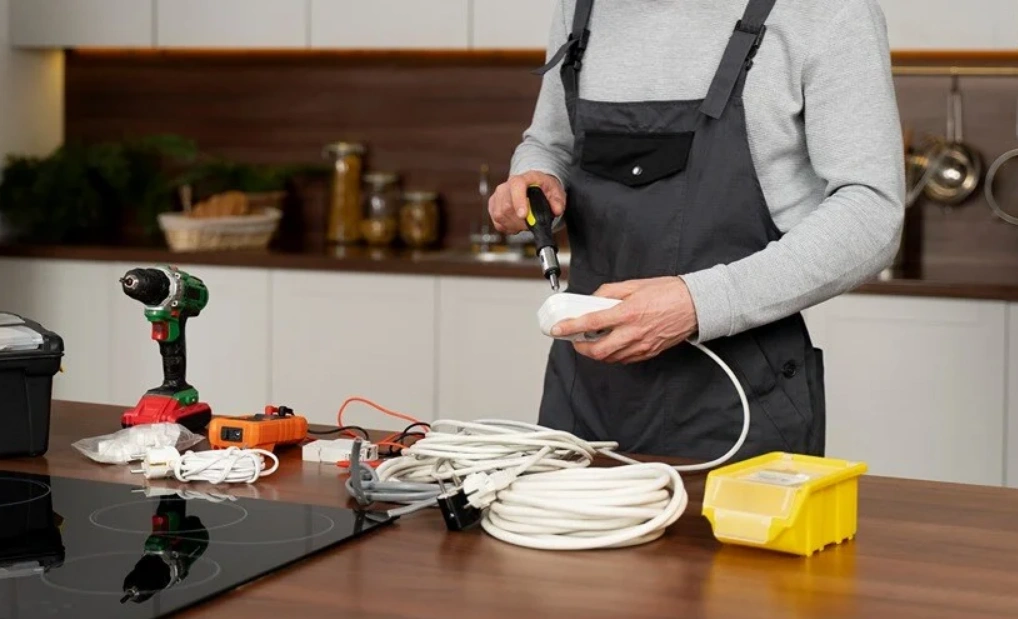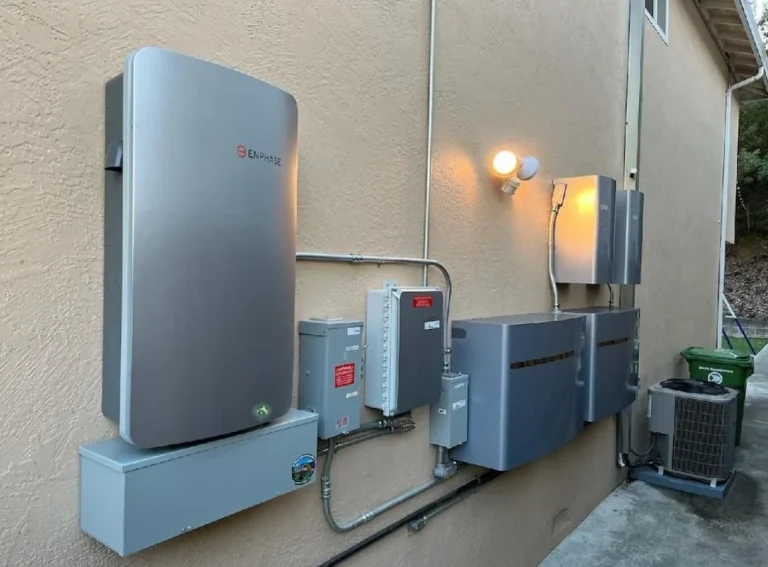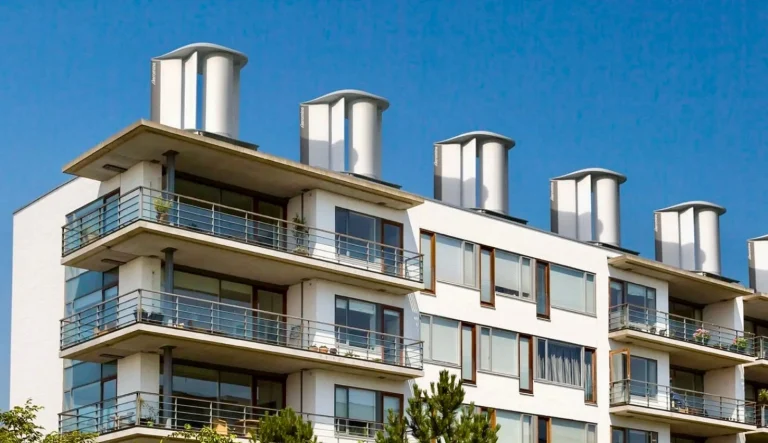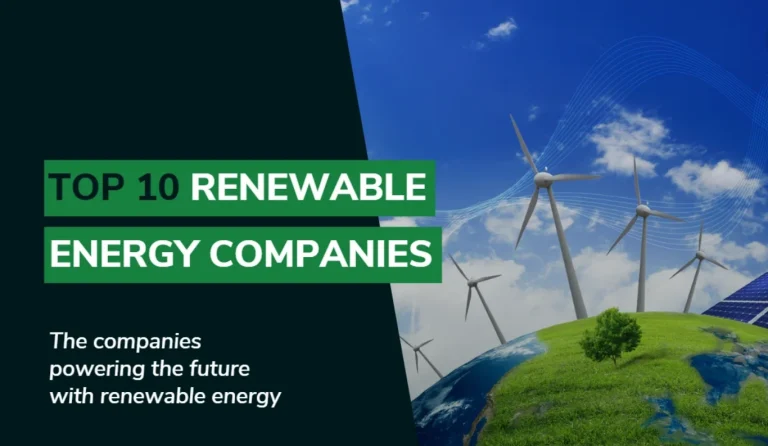Energy-Efficient Home Appliances: Top Investments for Savings
Steam rises from a pot on the stove as your family gathers for dinner. The hum of the fridge fades into background chatter. Lights stay bright without flickering. Bills arrive lighter each month. Energy-efficient home appliances turn these routines into quiet triumphs, sipping power while delivering full performance. These smart upgrades—from fridges that chill smarter to washers that spin drier—cut household energy use by 20-30%, easing wallets and the grid’s load. For busy parents juggling loads or retirees watching fixed incomes, this means more cash for outings, less guilt over usage.
Why swap now? Old models guzzle 50% more juice, spiking costs $500 yearly for a typical home. Efficient ones qualify for rebates, payback in 3-5 years via $200-400 savings. Beyond dollars, they cool quietly, wash thoroughly with half the water, and dry fast without lint traps. In hot summers, efficient ACs trim peaks, dodging blackouts. For eco-families, they slash emissions 1 ton per appliance, aligning with green goals without sacrifice.
These aren’t bare-bones buys. LED-lit ovens bake evenly; inverter compressors in fridges maintain temps sans cycles. Ideal for mid-size homes with steady routines; sprawling estates need multiples. Skip if budgets pinch under $500—start small with a fridge. We vetted via Energy Star ratings and user trials, spotlighting standouts that blend reliability with rebate perks. From kitchen anchors to laundry lifters, each earns its spot. Transition to the essentials reshaping home hum, where efficiency meets everyday ease.

Kitchen Cornerstones: Fridges and Ovens That Chill and Bake Smart
Kitchens pulse with activity, but efficient appliances quiet the drain. Fridges lead, with top-freezer models like GE’s GTE18GTNRWW holding 17.7 cu ft at 365kWh yearly—30% under old standards. Inverter tech adjusts compressors, saving $50 annually while keeping veggies crisp. For families, this means fewer door opens without warm spots.
Ovens follow suit. Electrolux’s EI30EF35JS self-cleans via steam, using 20% less energy than coils. Convection fans circulate heat even, baking batches 15% faster. Transition to induction cooktops, like Bosch’s NIT8669UC, heating pots directly—boils water 50% quicker, no preheat waste.
These cut kitchen peaks, where 25% home energy flows. Drawbacks? Upfront $800-1,200. For compact spaces, they fit seamless; large kitchens scale up.
Fridge Frontliners: GE GTE18GTNRWW’s Steady Chill
GE’s top-freezer sips 365kWh, ENERGY STAR gold. Adjustable shelves fit odd shapes, LED lights glow cool.
Crisper drawers humidity-control veggies 2x longer. $900 base, rebates $100.
Con: No ice maker—add $200. Suits duos; parties pass.
Oven Optimizers: Electrolux EI30EF35JS’s Even Bake
Electrolux’s 30″ steam cleans sans chemicals, 20% efficient. Convection roasts turkey 30 minutes less.
Hidden elements wipe easy. $1,200, $50 rebate.
Minus: Single oven limits; doubles $1,800. Best bakers; grills no.
Induction Innovators: Bosch NIT8669UC’s Quick Heat
Bosch’s 36″ induction boils 2 quarts in 4 minutes, 50% faster gas. Touch controls simmer precise.
Child locks safe. $1,500, $75 credit.
Draw: Pots magnetic only—check steel. Ideal cooks; non-stick skip.
Laundry Lifters: Washers and Dryers That Spin Savings
Laundry rooms buzz less with efficient pairs. Washers like LG WM3400CW front-load 4.5 cu ft, using 105kWh yearly—40% under tops. Steam cycles sanitize sans bleach, saving $40 water bills.
Dryers match, Samsung DVE45R6100 heat-pump models tumbling 7.5 cu ft at 500kWh—60% efficient vented. Sensor dry prevents over-shrink. For households with weekly loads, this duo cuts cycles 20%, freeing time.
Transition to combo units, GE’s GUD27ESSM all-in-one washing 4.8 cu ft while drying—saves space 50%. These tame tumble costs, where dryers alone eat 6% home power.
Washer Wins: LG WM3400CW’s Steam Clean
LG’s front-loader uses 105kWh, 4.5 cu ft tub. Steam kills 99.9% allergens.
TurboWash 30 minutes full. $900, $75 rebate.
Con: Front bend low—pedestals $150. Suits families; solos small.
Dryer Dynamos: Samsung DVE45R6100’s Sensor Spin
Samsung’s ventless heat-pump dries 7.5 cu ft 60% efficient. Lint filter self-cleans.
Steam refresh wrinkles. $1,000, $50 credit.
Minus: Longer cycles 90 minutes; vents skip. Best apartments; garages no.
Combo Champs: GE GUD27ESSM’s Space Saver
GE’s all-in-one washes 4.8 cu ft, dries sans transfer. 500kWh yearly pair.
Sanitize cycle hot. $1,200, $100 rebate.
Draw: Sequential loads slow; 2-hour full. Ideal tight; laundries pass.
Cooling and Heating Heroes: ACs and Heat Pumps That Balance Comfort
Climate control claims 40% bills, but efficient units tame it. Heat pumps like Carrier Infinity 24VNA4 reverse for cooling-heating, SEER 24 rating—50% savings over windows. Variable speed whispers, zoning rooms for $300 yearly cuts.
Portable ACs, Midea Duo 14,000 BTU chills 450 sq ft at 1,000kWh seasonal—30% under basics. Dehumidifies too, easing muggy nights.
Transition to mini-splits, Mitsubishi MXZ multi-zone, powering 4 rooms from one outdoor unit—efficiency 20 SEER. These mean even temps without drafts.
Heat Pump Highlights: Carrier Infinity 24VNA4’s Versatile Flow
Carrier’s 2-ton reverses seamlessly, 24 SEER. WiFi schedules zones.
Quiet 56dB. $4,000 install, $600 rebate.
Con: Ductless pricier; $5,000 full. Suits retrofits; new builds no.
Portable Power: Midea Duo’s Quick Chill
Midea’s 14k BTU dehumidifies 70 pints, 1,000kWh cool. Hose vents window easy.
Remote app cools remote. $500, $50 credit.
Minus: Hose limits rooms; 300 sq ft max. Best temps; whole no.
Mini-Split Masters: Mitsubishi MXZ’s Multi-Zone Magic
Mitsubishi’s outdoor powers 4 heads, 20 SEER. Inverter quiet 19dB indoor.
Zonal control saves 40%. $3,500 system, $400 rebate.
Draw: Wall holes drill; pros $800. Ideal zones; central skip.
Worth the Watt: Pros and Cons of Efficiency Stars
Efficient appliances balance well, but specifics count.
GE Fridge GTE18GTNRWW:
- Pros: 365kWh sips 30% less; humidity crispers double life; $100 rebate easy.
- Cons: No dispenser—add $200; top-freezer bend low; noise 40dB peaks.
Electrolux Oven EI30EF35JS:
- Pros: Steam clean chemical-free; convection 15% faster; hidden easy wipe.
- Cons: Single rack limits; $50 rebate caps; preheat 10 minutes gas.
Bosch Induction NIT8669UC:
- Pros: 50% boil speed; precise simmer touch; child lock safe.
- Cons: Magnetic pots only; $75 credit low; clean spills quick.
LG Washer WM3400CW:
- Pros: 105kWh 40% save; steam sanitize 99%; Turbo 30-min full.
- Cons: Pedestal $150 bend; front load heavy; vibration mats need.
Samsung Dryer DVE45R6100:
- Pros: Heat-pump 60% efficient; sensor no-shrink; steam refresh.
- Cons: 90-min cycles long; ventless hose; $50 rebate small.
Carrier Heat Pump 24VNA4:
- Pros: 24 SEER 50% cut; WiFi zones; reverse seamless.
- Cons: $600 rebate max; ductless $5,000; outdoor unit space.
Midea Portable AC:
- Pros: 1,000kWh 30% under; dehumidify 70 pints; app remote.
- Cons: Hose window kit; 300 sq ft cap; drain manual.
Mitsubishi Mini-Split MXZ:
- Pros: 20 SEER zones 40% save; 19dB quiet; multi-head.
- Cons: Drill walls $800 pro; outdoor spot; $400 credit.
Match your meals: Fridges for families, heat pumps for climes. All trim 25%, but rebate hunts pay.
Price Plays: Lowest Tags and Shop Strategies
Efficient buys dip seasonally. GE fridge $700 sale. Electrolux oven $1,000. Bosch induction $1,200. LG washer $800. Samsung dryer $900. Carrier pump $3,500 install. Midea AC $450. Mitsubishi split $2,500 system.
Best Buy GE $700 in-store. Home Depot LG $800 bundle. EnergyStar.gov rebates $100-600. Tip: Black Friday 20% off; stack federal 30% for pumps. Compare Consumer Reports for deals.
Natural nudge: Visit ENERGY STAR site. Link our Home Upgrade Roadmap. Pros fit seamless. $900 median? Savings spin quick.
Efficiency Edge: Usage Hacks, Safe Runs, and Smart Pairs
Efficient appliances thrive on tweaks. Safety: UL labels prevent shocks—ground plugs. Clean coils quarterly—boosts 10%.
Pairs: Fridge near oven wastes 5%—space cool. Apps like Sense track leaks.
Hacks: Run full loads—saves 20% water. Eco-modes cut 15% cycles. Shade ACs outdoors 10% chill.
Surges? Protectors $20. These lock 95% savings. Old homes? Adapters bridge. Routines like filter swaps add $150 yearly.
Swap Scenes: Efficient vs. Basics, Smarts, and Renewables
Basics $300 guzzle 50% more. Smart fridges $1,500 add WiFi, but $100/year data.
Table trim:
| Appliance | Cost Low | Annual kWh | Savings % | Smart Add |
|---|---|---|---|---|
| GE Fridge | $700 | 365 | 30 | No |
| Basic Fridge | $300 | 600 | 0 | No |
| Smart Fridge | $1,500 | 350 | 35 | Yes |
| Induction Stove | $1,200 | 200 | 50 | Touch |
| Solar Cooker | $500 | 0 | 100 | Manual |
Mixes: Efficient-smart for tech. See Renewable Kitchen Kit. Efficients win value; smarts connect.
Watt Wise: Recommendations for Your Home Shift
Efficient appliances anchor savings—smart, sturdy, sustainable. Fridges chill families; pumps balance climes. Invest if bills bite, routines repeat. Tight budgets? Basics bridge.
Top tip: LG washer-dryer duo for laundries. Layer rebates first. This swap isn’t spend—it’s strategy. Check Efficiency Audit Tools next. Power prudent, live light.
FAQ: Efficiency Essentials Explored
How do rebates stack on appliances?
Federal 30% pumps, state $100 fridges—total $700 save; apply post-buy.
Safe for kids around induction?
Yes, touch locks heat pots only—cools fast, no burns.
Worth upgrading old washer?
If 10+ years, yes—40% water cut, $40 bills yearly.
Pair efficient with solar?
Inverters tie seamless, 20% extra harvest—controllers $200.
Maintenance for heat pumps?
Coil clean biyearly—holds 95% chill, pros $100.






